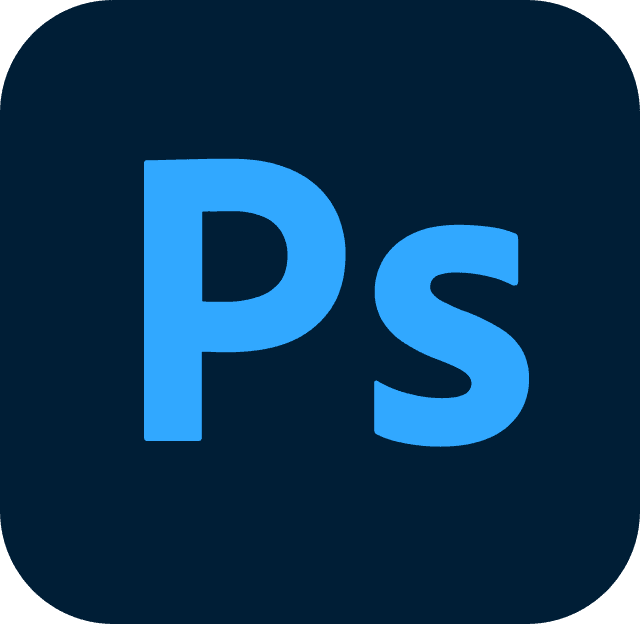Enable users to edit visuals by simple, precise, visual feedback to AI.
Overview
When something needs fixing, especially in any image, we instinctively point to it, circle it, or highlight it. It’s how humans have always communicated edits, visually and directly.
Visual editing brings that instinct to AI interactions. Instead of asking users, this interaction lets them highlight exactly what they want changed. The result? Zero ambiguity, faster feedback loops, and edits that are right on target.
User intent
Getting result faster
Macro trend
AI in old UI
Why do we need visual editing?
Visuals are rarely final on the first try. It’s a loop; layouts shift, colors adjust, elements move. Designers refine, not just execute.
But giving textual feedback can slow things down because it’s hard to describe where and what visual changes to make through text. We humans don’t generally write, we gesture; point, highlight, circle.
Visual editing makes that natural. It connects direct feedback with real-time changes, reducing back-and-forth and bringing clarity. The system precisely collects context from where we point, and does focused updates according to what we type.
That shift speeds up iteration and sharpens collaboration.
Examples
In V0, users click on any UI element and edit with a quick prompt. Say “make this bolder,” and only that text layer updates. It happens instantly; no reloads, no guesswork.

Loading states are clear after post user submission. There’s a version history too, so users can test freely and undo easily.

Photoshop takes a different route. Draw around a section, say “add clouds,” and it generates variations. A clean progress bar shows status, with the option to cancel midway. This is a great approach for fine-tuning and creative edits.

For each prompt, it offers multiple related variations, letting users quickly pick from what fits best. While generating, a clear loading state with a progress bar keeps things transparent, with the option to cancel anytime.

Visual editing should be the default; it's what we expect to communicate. Highlight, point, or circle, and the system just gets it. Less explaining, more doing.
UX challenge is precision: making sense of even vague or messy selections by connecting them to intent, or quickly asking the user to clarify.
We believe visual editing will evolve beyond tweaking pixels; it’ll become a real-time partner in shaping creative work.

¿Se pregunta cómo las empresas están diseñando para la inteligencia artificial?¡Ahorre horas de investigación de UI y UX!
Fundadora de diseño en Studio Oblique

Curated by







